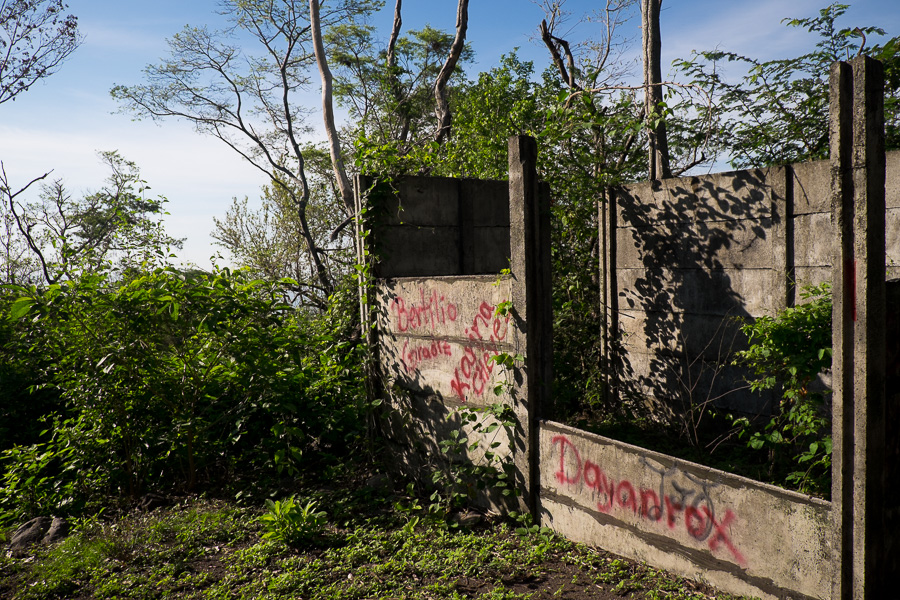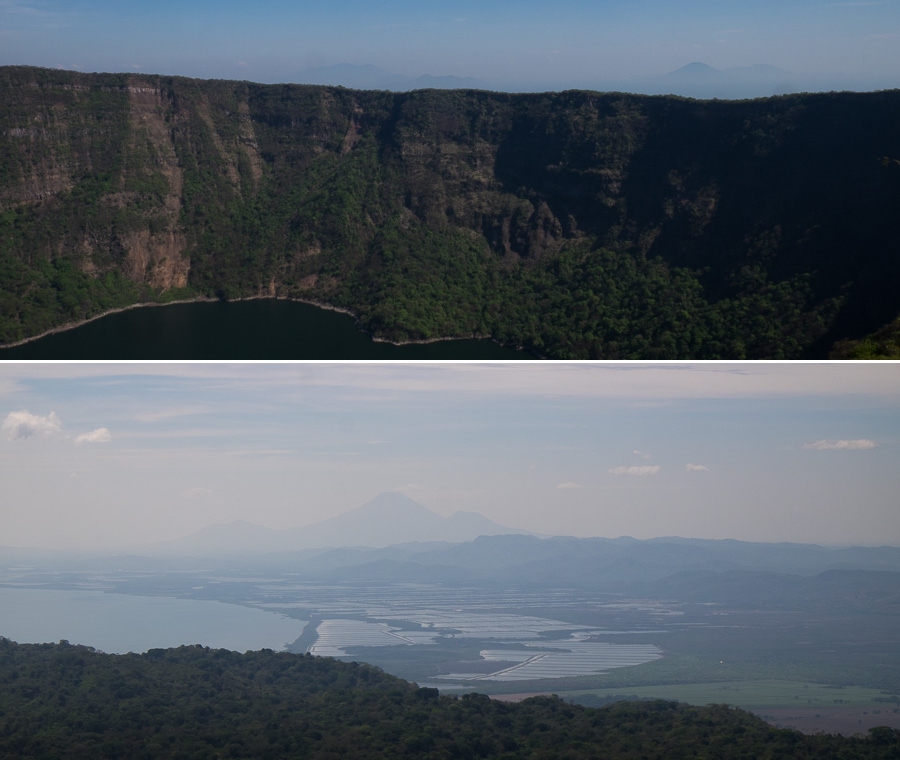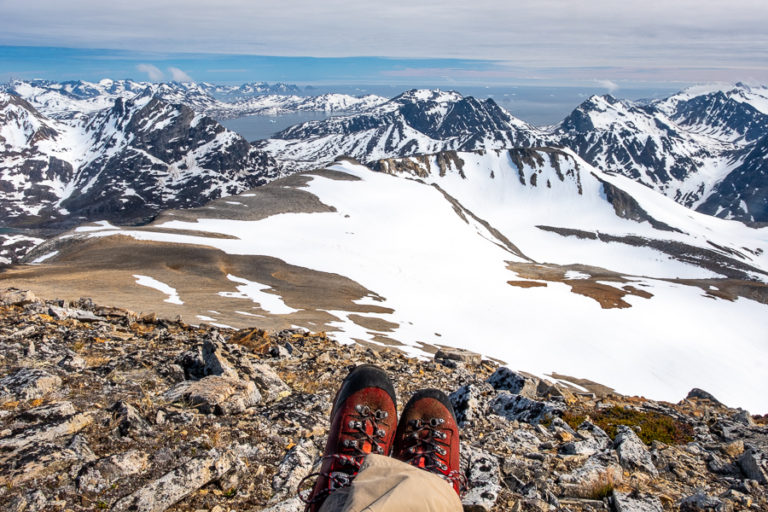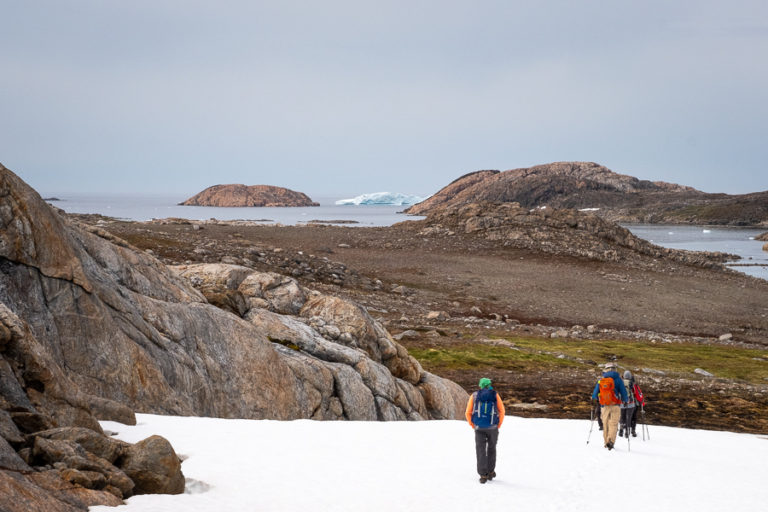Jiquilillo and Volcan Cosigüina
After another week in León (how I love that place!) I started heading towards El Salvador. Although I’m not a beach person, I decided to spend a couple of nights at Rancho Esperanza in Jiquilillo. It is basically a surf spot and a gateway to the Padre Ramos Reserve – one of the most important mangrove estuaries in Central America.

I actually didn’t do anything while there (most guests come to surf) except read my book, hang out with some awesome people and watch the sunset. Yet again, the Rancho Esperanza fostered that community spirit that I love so much.

Then it was on to Potosí, which would have to be the dirtiest town I’ve been to in Nicaragua. There is rubbish strewn absolutely everywhere! And it is seriously hot! I had hoped that by staying at the Hotel “Brisas del Mar” (Seabreeze) it would live up to its name, but no. Well, not unless you count the hot breeze you get if you sit directly under one of the many fans in the restaurant! I really don’t know how people live here. And realistically, I had to stay at “Brisas del Mar”. There are only 2 places to stay in town, both right next to each other and owned by the same family.
The reason I was here was twofold. I decided to tackle my third volcano ascent in Nicaragua – Volcán Cosigüina before catching the boat across to El Salvador – I figured all my other border crossings will be by bus or plane, so take the opportunity to do something different. Cosigüina used to be the tallest volcano in Nicaragua at more than 3,000 metres, but in 1835 it exploded in what is considered to be one of the 3 biggest recorded eruptions (ash travelled as far as Mexico and Columbia, the sky was obscured for 3 months and one of the rocks ejected is big enough to form its own island in the Gulf!), and is now only 872 metres above sea level. It also has a really pretty crater lake 🙂
Headed off with my guide, Bismark, at 5am to beat the worst of the heat, which meant we got to see a beautiful sunrise over the Golfo de Fonseca (Gulf of Fonseca). This is the Gulf that is borders Nicaragua, Honduras and El Salvador and from Volcán Cosigüina you can see all three countries.

Despite sweating like there is no tomorrow because of the humidity and heat, it’s actually a pretty easy hike, infinitely easier than hiking up Volcán Maderas on Ometepe! It’s really only the last 10 minutes that feels like a bigger effort. We hiked up directly from Potosí (9km from the crater), which meant a 3-hour ascent and 2-hour descent. There is another trail though where you can drive the majority of the way with a 4WD (or ride a horse) and only walk the last half hour.
The other advantage of leaving before dawn was that there were plenty of birds around and Bismark was great at spotting and identifying them. Turns out the vegetation on the volcano is pretty open so great for birdwatching. In addition to my old friends, the Mot-mots, the Chocoyos (parakeets) and the Woodpeckers, we saw: Common Pauraque (nocturnal bird), Violaceous Trogon, Elegant Trogon, Squirrel Cuckoo, White-throated Magpie-Jay, Streak-backed Oriole, Thicket Tinamou and the Plain Chachalaca. It was brilliant!
The volcano was also used during the civil war in the 70s/80s to keep an eye on boats coming from Honduras. This lookout was on our way up and apparently there are 2 more like it at other points of the volcano.

The view from the top of Volcán Cosigüina is fantastic and the crater lake is beautiful. The crater is 2km across and there is a path around it but it takes 5 hours to complete – you’d have to camp at the campground just below the summit to do that one (or be crazy)!

And although it was very hazy (definitely going to have to come back to Nicaragua in Nov – Feb for the water in the Río San Juan and the good expansive views), it was possible to make out El Salvador, Honduras and the prawn farms, the Pacific coast and Volcán San Cristobal in Nicaragua.

Hung out up the top for about an hour and then started the descent accompanied by the constant scurrying of lizards in the undergrowth. It was incredibly hot and I was very grateful that I was not one of the two tourists + guide we passed heading up the volcano in the heat (they still had 2 hours to go to the top)! Bismark spotted a Mexican Porcupine (bit of a blob in the tree), squirrels and a family of 3 Coatis (really great view – unfortunately I didn’t have my long lens with me) as well.
Glad I took the time out in Potosí to do the hike, despite the heat and humidity!
Time required: From Potosí, it is a 3 hour hike up and 2 hours to come back down Volcán Cosigüina. Leave at 5am!
Cost: Bismark is part of a local cooperative of guides in Potosí and cost US$25.



